I remember the day I painted this, sitting on a high rock perch with my oldest daughter. She (always pretty) owns this painting now, and every time I visit her home, I am reminded of those quiet moments in that magic place with her. The natural pink palisade wall below us overlooks the great midwestern American lake we love. That day and some way over on the edge of the cliff, my son and husband were fixing rope to rappel this wall. Preferring not to watch that episode, I chose this view, and got transported instead into the beauty of the long and the far of it all. As C.S. Lewis puts it, we went “higher up and further in.”
This is an early work, one of a few I show on my reorganized image page. It’s important not only sentimentally, but also aesthetically because of the pull landscape has long held for me. Before I knew how to work painting tools, and even as I was fumbling around through the years with them, it was always the big views into far away vistas which moved me into any effort to capture something onto a 2D surface. The result has never been enough but rather a reminder of the “something more” out there that gets me pursuing. I can feel that inner draw even as I type these words.
There are poignant moments when one senses that kind of pull, even without knowing its source. It’s a faint whisper that there is something really important, really heavy, really good “out there for the asking”. How do we even know these things? I do wonder with a kind of humble awe. I somehow grasped a bit of this early on and wanted to understand more long before I became interested in biblical specifics. The WHY draws one first, it seems to me at least, before the HOW has any pertinence. What about for you?
Emily Dickinson, a recluse and a poetic mystic often would use dashes — as if extending thoughts into the air — as part of her vocabulary. I suspect this is so because words themselves (like painting tools) could hardly frame what she was after in any attempt to communicate for others what she could sense in her spirt. Here are just two samples:
In many and reportless places
We feel a Joy –-
Reportless also, but sincere as Nature
Or Deity –-
It comes without a consternation –-
Dissolves — the same –-
But leaves a sumptuous Destitution –-
Without a Name –-
Profane it by a search –- we cannot
It has no home –-
Nor we who having once inhaled it –-
Thereafter roam.
(c. 1876, #1382 in T. Johnson’s Chronology)
____________
I groped for him before I knew
With solemn nameless need
All other bounty sudden chaff
For this foreshadowed Food
Which others taste and spurn and sneer –-
Though I within suppose
That consecrated it could be
The only Food that grows.
(c.1882, #1555)
Jesus called this food “rivers of living water” and invited the hungry and thirsty to dine with Him. I’ve become convinced that every longing that we experience here, is only a merciful foretaste of the truly more that is available to any, and that, as He said — just for the asking.
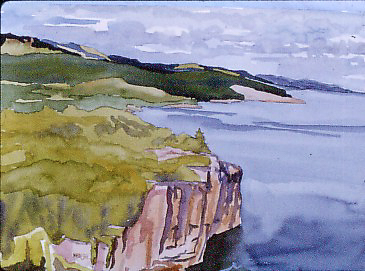

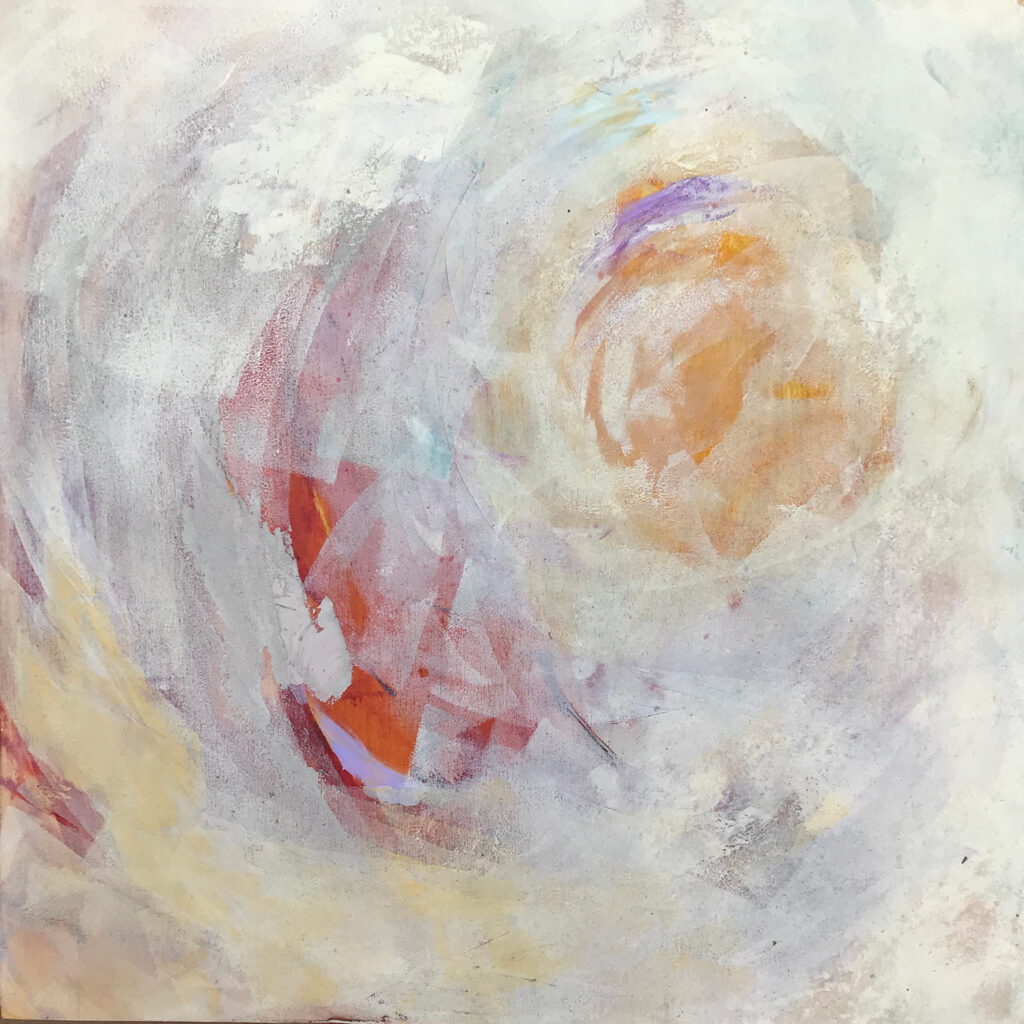
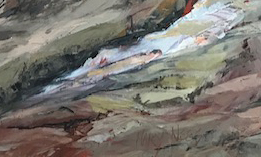
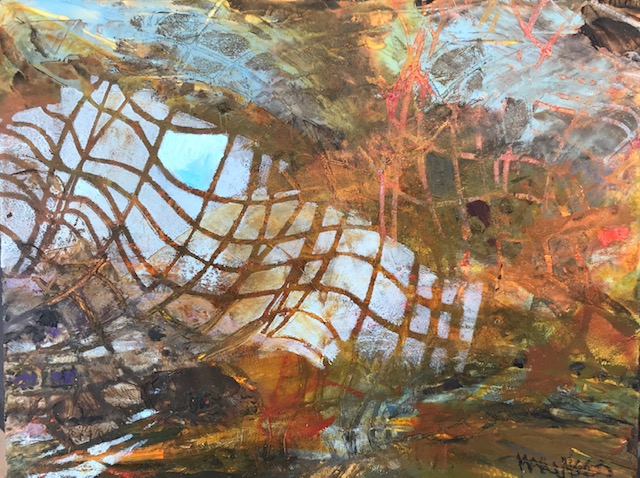
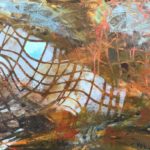

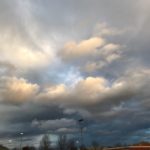
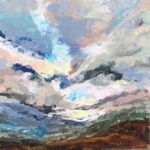
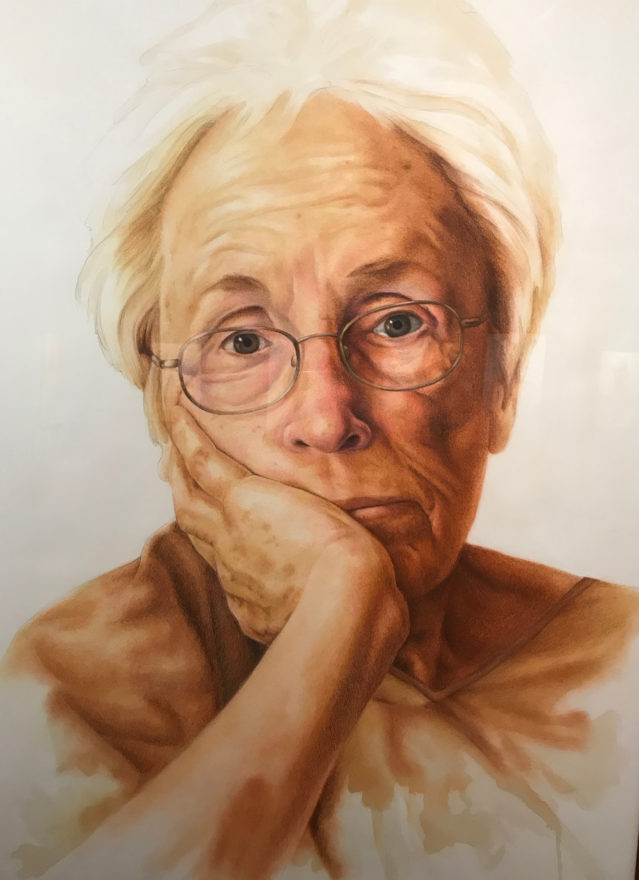
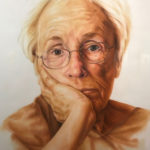
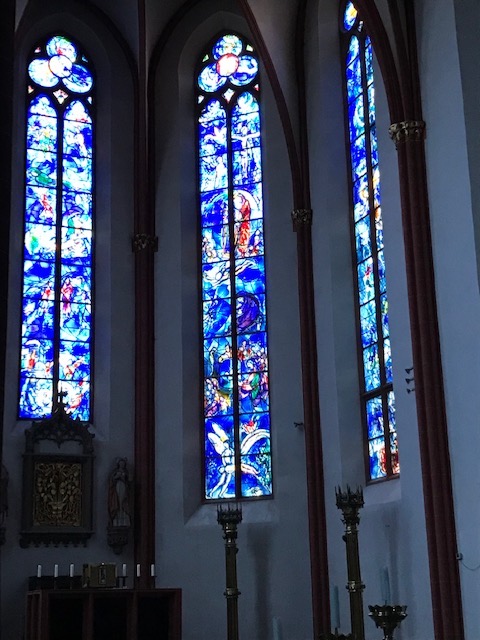
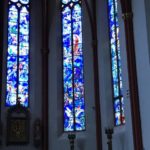
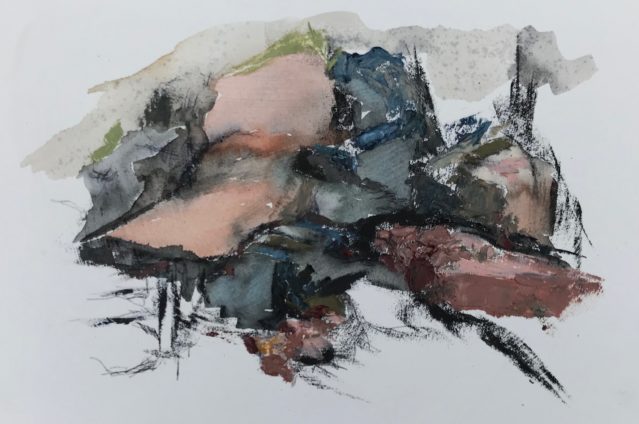

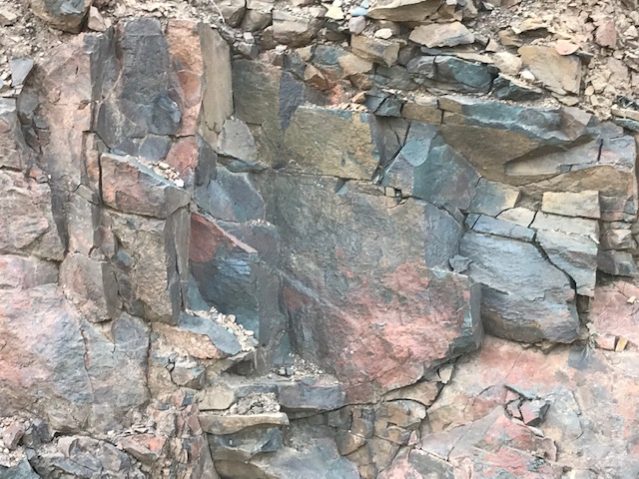
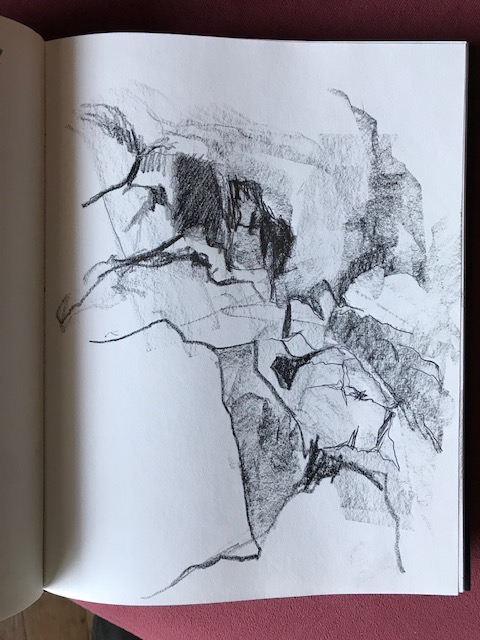
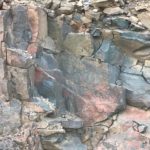
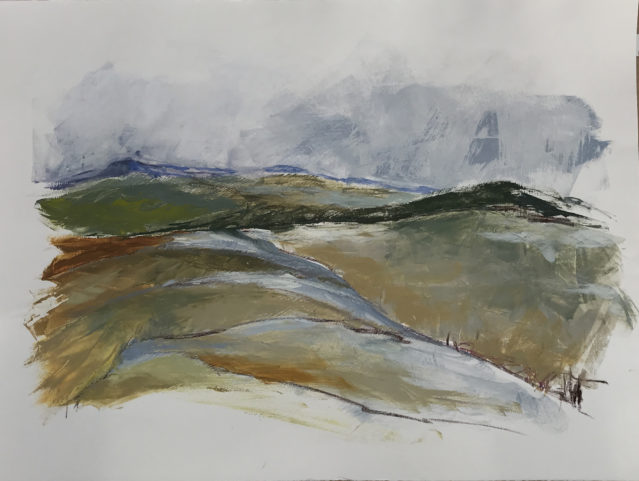
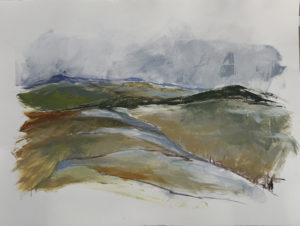
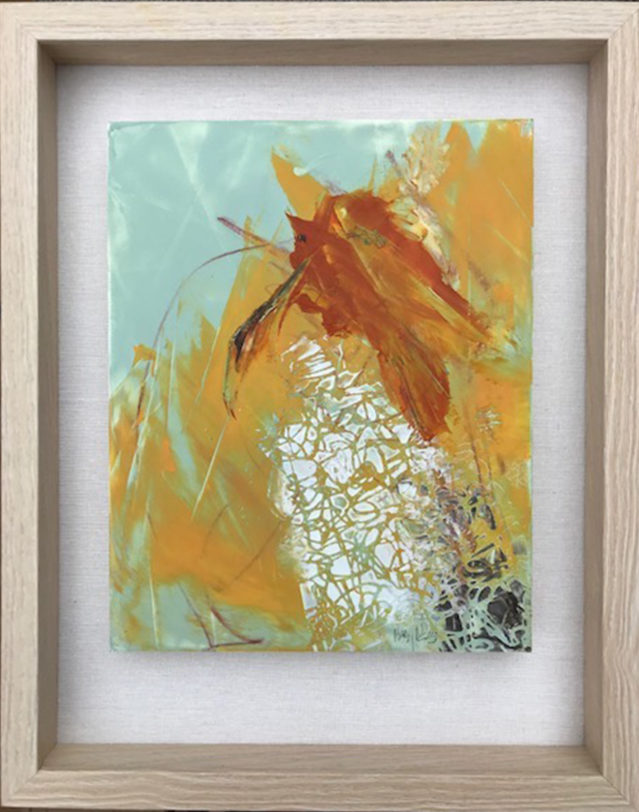
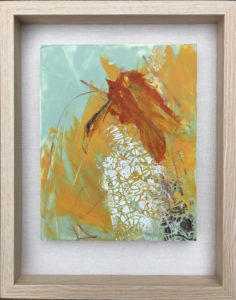 “Hope is the thing with feathers — that perches in the soul” Emily Dickinson, who penned this sweet line, knew a thing or three about meaningful hope. Hers was a buoyant expression, all the more poignant because she was equally aware of the hardness of her time/place and of her own internal struggle. Her poetry is rich for this reason: real, but outward even as she felt the confines of her tiny upper room.
“Hope is the thing with feathers — that perches in the soul” Emily Dickinson, who penned this sweet line, knew a thing or three about meaningful hope. Hers was a buoyant expression, all the more poignant because she was equally aware of the hardness of her time/place and of her own internal struggle. Her poetry is rich for this reason: real, but outward even as she felt the confines of her tiny upper room.